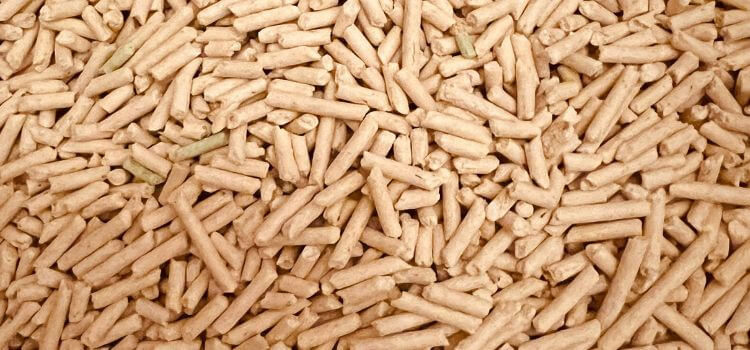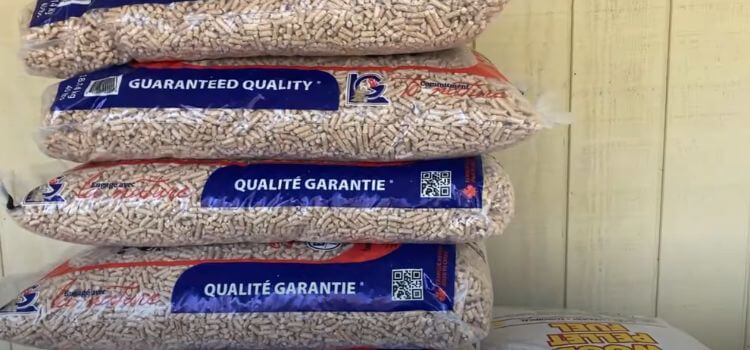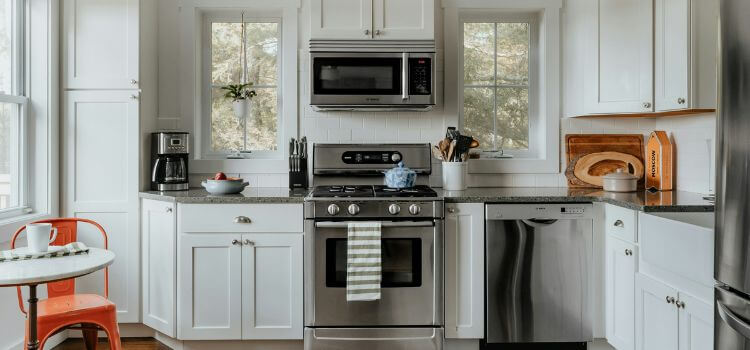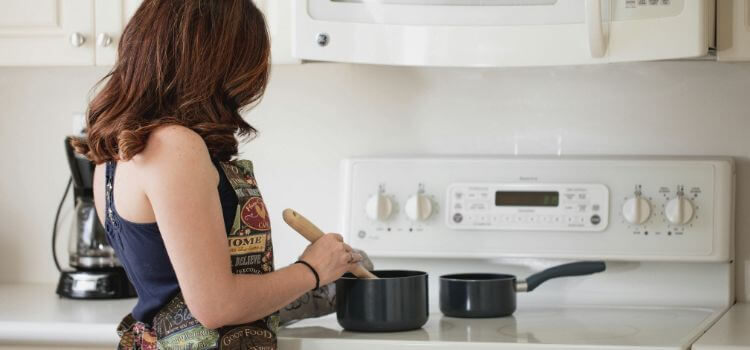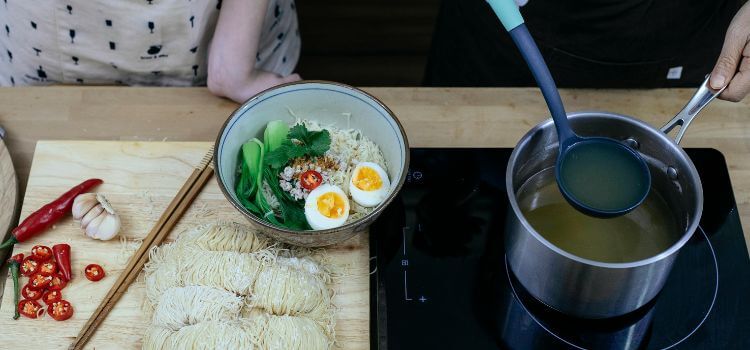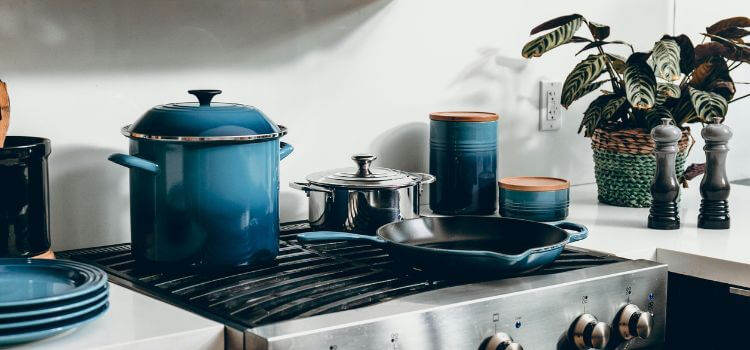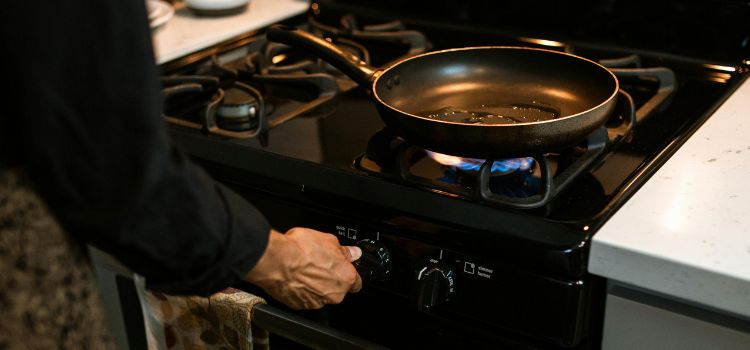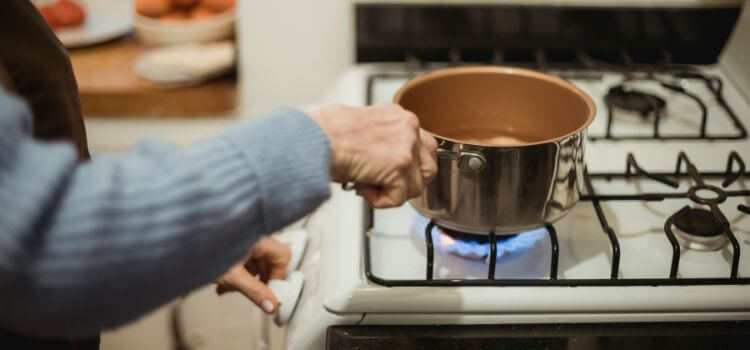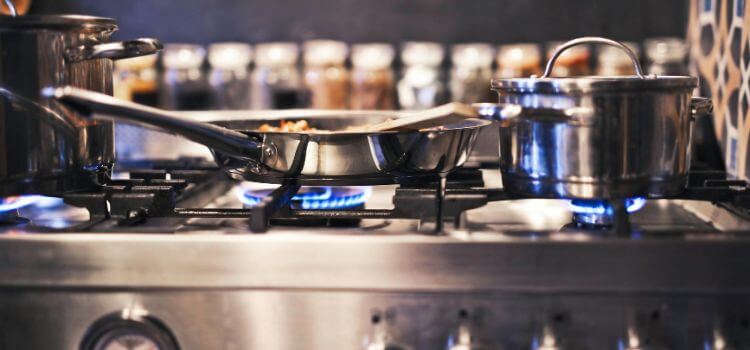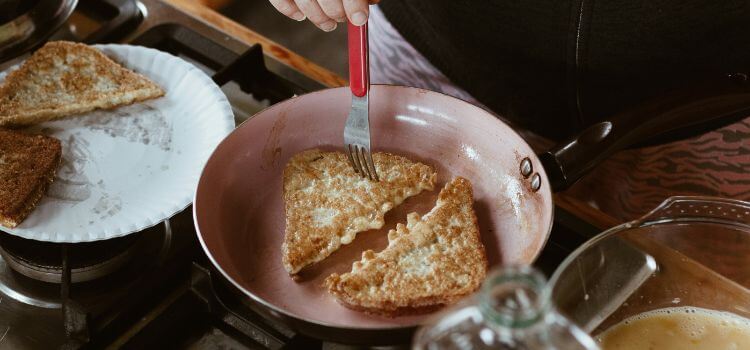
Pellet stoves offer an efficient and eco-friendly way to heat your home, but the quality of pellets you use can have a major effect on how well and how long it works. With a wide array of options available on the market, it’s essential to choose pellets that will provide consistent heat, minimal ash, and optimal burn efficiency. In this comprehensive guide, we’ll explore some of the best pellets for pellet stoves, along with their key features and benefits.
Understanding Different Types of Pans
Before diving into specific brands, it’s important to understand the various types of pans available for stovetop cooking and their unique characteristics:
Nonstick Fry Pan
Nonstick fry pans are coated with a layer of nonstick material such as Teflon, ceramic, or titanium. These pans are ideal for cooking delicate dishes like pancakes, salmon, and eggs without having to worry about sticking. They don’t need as much oil or butter, making them a healthier choice for low-fat cooking.
Carbon Steel Wok Pan
Carbon steel woks are versatile pans that excel in high-heat cooking methods such as stir-frying, steaming, and deep-frying. They heat up swiftly and evenly, making it possible for rapid cooking and superior searing. Carbon steel woks develop a natural nonstick patina over time, improving their performance with each use.
Stainless Steel Fry Pan
Stainless steel fry pans are durable, versatile, and easy to maintain. They’re compatible with all stovetop types, including gas, electric, and induction, making them a well-liked option for home cooks and professional chefs alike. Stainless steel pans are perfect for browning, searing, and deglazing, thanks to their excellent heat retention and conductivity.
Hard Anodized Fry Pan
Hard anodized fry pans are constructed from aluminum that has been treated with an electrochemical to produce a robust durable, nonstick surface. These pans are scratch-resistant, dishwasher-safe, and oven-safe, making them a sensible option for daily use cooking tasks. Hard anodized pans are suitable for high-heat cooking methods such as searing and sautéing.
Top Pan Brands for Stovetop Cooking
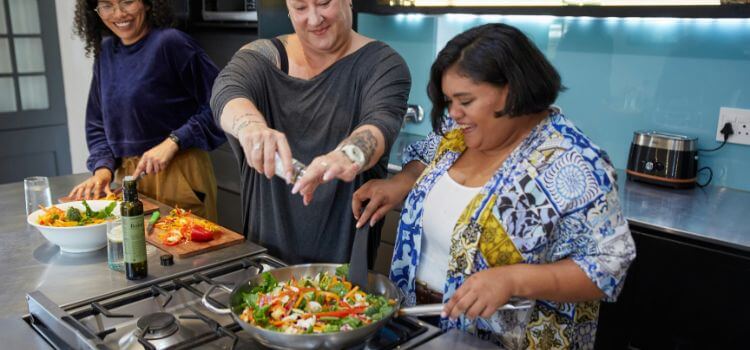
Now, let’s explore some of the best pans available on the market for stovetop cooking:
Tramontina 80114/535DS Professional Aluminum Nonstick Restaurant Fry Pan
Tramontina’s Professional Aluminum Nonstick Fry Pan is designed for commercial-grade performance in the home kitchen. Made from heavy-gauge aluminum with a reinforced nonstick coating, this pan ensures even heat distribution and effortless food release. The ergonomic handle grants a pleasant grip, while the dishwasher-safe design makes cleanup a breeze.
OXO Good Grips Pro 10″ Frying Pan Skillet
OXO’s Good Grips Pro Frying Pan Skillet combines durability, performance, and convenience in one versatile pan. Constructed from hard-anodized aluminum with a three-layer nonstick coating, this pan offers exceptional heat conduction and easy food release. The contoured handle provides a secure grip, while the flared edges allow for mess-free pouring.
HexClad Hybrid Nonstick Wok
HexClad’s Hybrid Nonstick Wok features a patented hexagonal design that combines the best qualities of stainless steel and nonstick cookware. With a stainless steel base and hybrid nonstick surface, this wok delivers superior heat retention, rapid heating, and effortless cleanup. The stay-cool handle and tempered glass lid make it perfect for stir-frying, steaming, and braising.
YOSUKATA Carbon Steel Wok Pan
YOSUKATA’s Carbon Steel Wok Pan is handcrafted by skilled artisans using traditional Chinese techniques. Made from premium carbon steel, this wok heats up quickly and evenly, allowing for authentic stir-frying and deep-frying. The wooden handle remains cool to the touch, while the flat bottom ensures stability on any stovetop surface.
Souped-Up Recipes Carbon Steel Wok For Electric, Induction, and Gas Stoves
Souped Up Recipes offers a versatile carbon steel wok that’s suitable for electric, induction, and gas stoves. With a flat bottom and rounded sides, this wok provides enough space for tossing and stirring ingredients. The ergonomic handle and helper handle offers a comfortable grip, while the preseasoned surface ensures immediate cooking satisfaction.
Matfer Bourgeat Black Carbon Steel Fry Pan
Matfer Bourgeat’s Black Carbon Steel Fry Pan is a favorite among professional chefs for its exceptional heat retention and durability. Made from heavy-duty carbon steel, this pan is ideal for high-heat cooking techniques including searing and browning. The sloped sides and curved handle allow for easy flipping and tossing of ingredients.
T-fal Ultimate Hard Anodized Nonstick Fry Pan
T-fal’s Ultimate Hard Anodized Nonstick Fry Pan features a robust hard-anodized aluminum structure that is resistant to warping and scratching. The Thermo-Spot heat indicator lets you know when the pan is preheated and ready for cooking, while the nonstick interior ensures effortless food release and easy cleanup. The ergonomic handle provides a comfortable grip, even when the pan is full.
All-Clad D3 3-Ply Stainless Steel Fry Pan
All-Clad’s D3 3-Ply Stainless Steel Fry Pan is crafted with a three-ply construction that ensures even heating and superior heat retention. The stainless steel interior is non-reactive and simple to clean, while the aluminum core provides fast, responsive performance. The ergonomic handle remains cool on the stovetop, while the flat base ensures stability and compatibility with all cooktops.
Gotham Steel 9.5 Inch Non-Stick Frying Pans
Gotham Steel’s Non-Stick Frying Pans feature a durable titanium ceramic coating that delivers excellent nonstick performance without the need for oil or butter. The aluminum structure guarantees rapid and even heating, while the stay-cool handle provides a comfortable grip. These pans are dishwasher-safe and oven-safe up to 500°F, making them perfect for a wide range of stovetop and oven cooking tasks.
Lodge Manufacturing Company
Lodge is renowned for its cast iron cookware, but it also offers wood pellets suited for pellet stoves. Their pellets are made from quality hardwoods and provide reliable heat and minimal ash production.
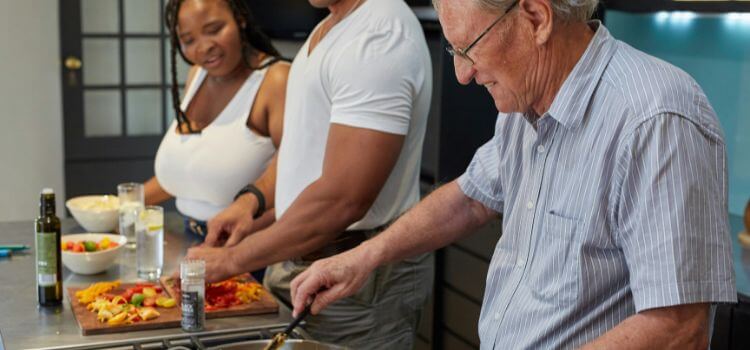
Frequently Asked Questions On What Are The Best Pellets For Pellet Stoves
What makes a pan suitable for gas stoves?
Pans suitable for gas stoves should have a flat and stable bottom to ensure even heat distribution. They should also be made of materials that can be resistant to high temperatures without warping or damaging the cookware.
Can I use nonstick pans on a gas stove?
Yes, nonstick pans can be used on gas stoves. However, it’s essential to use them with care and avoid overheating them, as excessive heat can damage the nonstick coating.
Are carbon steel woks suitable for gas stoves?
Yes, carbon steel woks are excellent choices for gas stoves due to their ability to heat up quickly and evenly. They are versatile pans that can handle high-heat cooking methods such as stir-frying and deep-frying.
What should I things to consider while making a pan for my gas stove?
When selecting a pan for a gas stove, consider factors such as material, size, and design. Opt for pans made of robust materials, such as stainless steel, carbon steel, or cast iron. Ensure the pan has a flat bottom for stability on the gas burner and choose a size that matches your cooking needs.
Is it possible to use cast iron cookware on a gas stove?
Yes, cast iron pans are well-suited for gas stoves and renowned for their exceptional heat retention and durability. They can tolerate high temperatures and are perfect for searing, frying, and baking on gas stoves.
How can I keep things and maintain pans for gas stoves?
To clean pans for gas stoves, wash them with warm, soapy water after each use and dry them thoroughly to prevent rusting. Steer clear of harsh cleaners or metal utensils that can damage the pan’s surface. Season cast iron and carbon steel pans regularly to preserve their nonstick qualities and stop rusting.
Can I utilize glass or ceramic pans on a gas stove?
While glass and ceramic pans are generally safe for use on gas stoves, they may not be as durable or heat-resistant as other materials like stainless steel or cast iron. It’s essential to check the manufacturer’s recommendations and avoid sudden temperature changes to prevent cracking or damage to the cookware.
Are all pans suitable for induction and gas stoves?
Not all pans can be used with both induction and gas stoves. Induction-compatible pans require a magnetic base to generate heat on induction cooktops. However, many pans designed for gas stoves are also adaptable to induction cooktops, which increases their versatility options for home kitchens.
Conclusion
Investing in high-quality pans is essential for producing tasty and reliable outcomes in your stovetop cooking endeavors. Whether you prefer nonstick fry pans, carbon steel woks, stainless steel fry pans, or hard anodized fry pans, there’s a perfect option available to suit your cooking style and preferences. With top-rated brands like Tramontina, OXO, HexClad, YOSUKATA, Souped Up Recipes, Matfer Bourgeat, T-fal, All-Clad, and Gotham Steel, you can elevate your culinary creations to new heights.
